There's a lot of buzz about how generative AI is streamlining processes and saving time in the creative tech industry. However, the aspect I find most intriguing is considering how creatives will utilise all this extra time afforded by these advancements.
My prediction is that AI will assist with repetitive design and development tasks freeing up UX&D designers to spend more time on design thinking, user research, and art direction. This could lead to a renaissance in design craft, marked by the creation of a truly original, unique, and innovative UCD driven process that's sprinkled with moments of delight.
AI could be our ‘in-betweener’
In Disney's early hand-drawn animation era, keyframe artists crafted essential frames outlining a scene's major actions and poses, setting a blueprint for the animated sequence. These artists focused on pivotal moments of movement and expression. Assistant animators, known as "in-betweeners," filled” in frames between the keyframes, smoothing out the animation.
This collaboration was vital in animating characters on screen. Fast forward to today's digital product design landscape, imagine a world where AI assumes the role of the 'in-betweener' - an assistant who takes the initial designs from UI designers (the Keyframe artists) and fills in the gaps plotting out all responsive layouts or design formats.
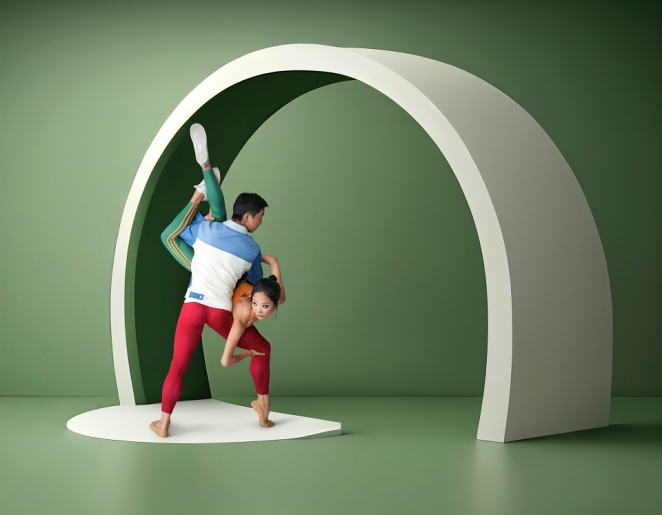
Michael Winokur
The same could be seen for developers coding these digital experiences, They build the core skeleton of a page and auto-pilot could fill in the gaps. This taking on the more repetitive tasks could free designers and developers to spend more time crafting original and creative digital products.
Creativity lost to the MVP
During the early stages of design, teams frequently envision creative concepts, such as intricate micro-interactions, unique design embellishments, or innovative features that can make a product stand out and captivate users. However, these elements are often sacrificed in the pursuit of creating a Minimum Viable Product (MVP).
In the realm of digital product development, particularly under tight budget constraints, many of these design elements are viewed as luxuries rather than necessities. They are often set aside during the MVP phase, with the intention of incorporating them in later iterations.
Unfortunately, more often than not, these creative details are overlooked and never integrated into the final product, which is truly unfortunate. Fast-paced market demands, competitive pressures, and the need for rapid product iterations often prioritise speedy development over true creativity. Will AI help the balance between user experience vs time and budget?
The first thing to get cut in a project is user experience. Could AI help get us to MVP quicker giving us time and budget to push beyond MVP and implement some of these more original and creative elements?
Why do all websites seem to look the same?
Modern web technologies offer vast design possibilities, enabling us to realise virtually any concept or layout we can imagine. We now have the tools to craft websites that are bold, unexpected, and deeply engaging. This includes blending cutting-edge typography with generative visuals and interactive elements to create truly captivating online experiences.
And yet, is it me, or does it sometimes feel like all websites look the same with similar layouts and components with interchangeable pages, and an absence of expressive visual language? Where is the originality and design craft, it’s almost like you could switch out a brand logo and not notice the difference.
Now a lot of this is for very important reasons, such as following usability standards and conforming to UX best practices and user expectations. Maybe it’s because we have reached maturity, where we have established all the best conventions for how things should be.
But I also think that the emergence of responsive design and the impact that it had on project timelines, budgets, and how we design digital products has something to do with it.
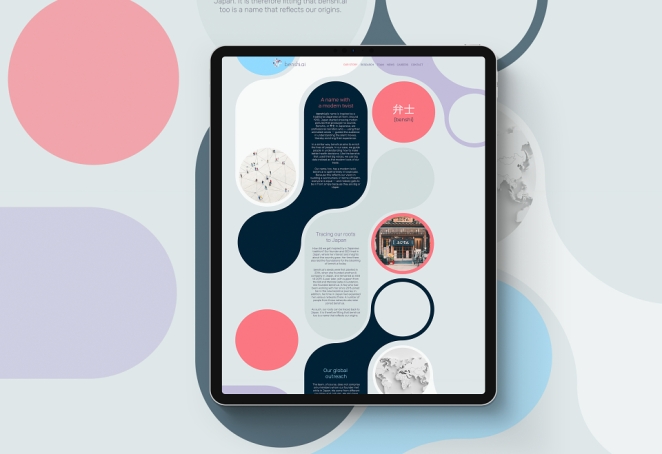
Vitor Santos
For starters, the design process became more complex and time-consuming as UI designers needed to design flexible components to cater to a wide range of devices with different screen sizes and resolutions including the time-consuming task of mocking up designs at key breakpoints such as mobile, tablet, and desktop.
Developers had to write more complex code to ensure that websites were fluid and adaptable to various devices. QA testing increased with extensive testing across different browsers and devices to ensure compatibility.
In order to save time and make it easier to adapt and respond to different screen widths, UI design has evolved and become more simplified in layout and components. We create design systems and design modular components but in this quest for flexibility, have we sacrificed a little creativity.
This isn’t necessarily a bad thing, but I wonder if it’s why everything kind of looks the same.
Many of the design tools we use today such as Figma have features like auto layout that are helping speed things up, but could AI help give us back time on design and build allowing us to break this Homogeneity in design?
The future
At Aer Studios, we have fully embraced the AI revolution, integrating these tools into our everyday creative and technical workflows. We utilize ChatGPT for brainstorming and analyzing UX research findings, employ Mid-journey and Adobe Firefly for crafting visual assets for concepts and designs, and use GitHub’s Copilot for AI-assisted programming.
These tools are enhancing our efficiency, but what truly excites me is the potential of the next wave of AI tools and the ways they will empower us to spend more time on design craft.
I envision a future where you can design a mobile layout for a website and then let AI handle the creation of desktop and tablet versions, allowing you to make tweaks and refinements. Imagine setting up the basic structure of a design system — outlining some foundational components, themes, buttons, colors, fonts, grids, and spacing — and then having AI expand and complete it.
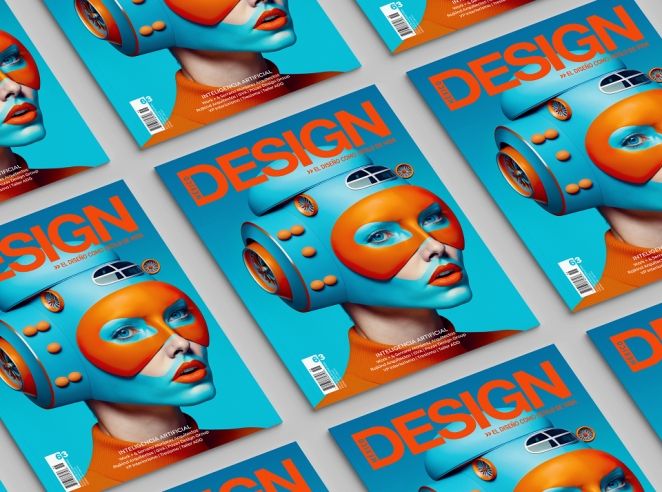
Luciano Koenig Dupont
Or consider designing a homepage component and, with a single click, AI presents a variety of alternative compositions that haven't yet crossed your mind.
I’ve already seen that there are integrations between Figma and Webflow (a design tool that allows users to create responsive websites visually, without needing to write code), but what if in the future designers could design components in Figma and AI could transform them into production-ready robust code, so that front-end developers could concentrate less on mark-up and more on other exciting things?
These use cases could free up time allowing designers and developers to spend that time on crafting truly original and engaging user-centered designs, features, and experiences.
Will we as an industry leverage this opportunity for the good of design, or will we squander it, seduced by the cost savings AI offers, and hastily progress to the next project?
By Anthony Butterfield, Head of Creative at Aer Studios.





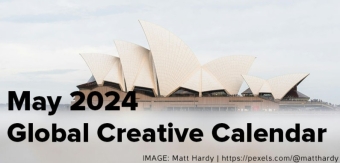
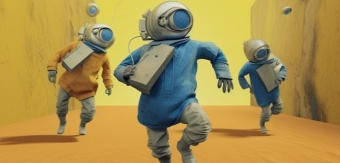

Matt December 22nd, 2023, late afternoon
All this extra time? You mean getting up and looking at job ads in your pyjamas?